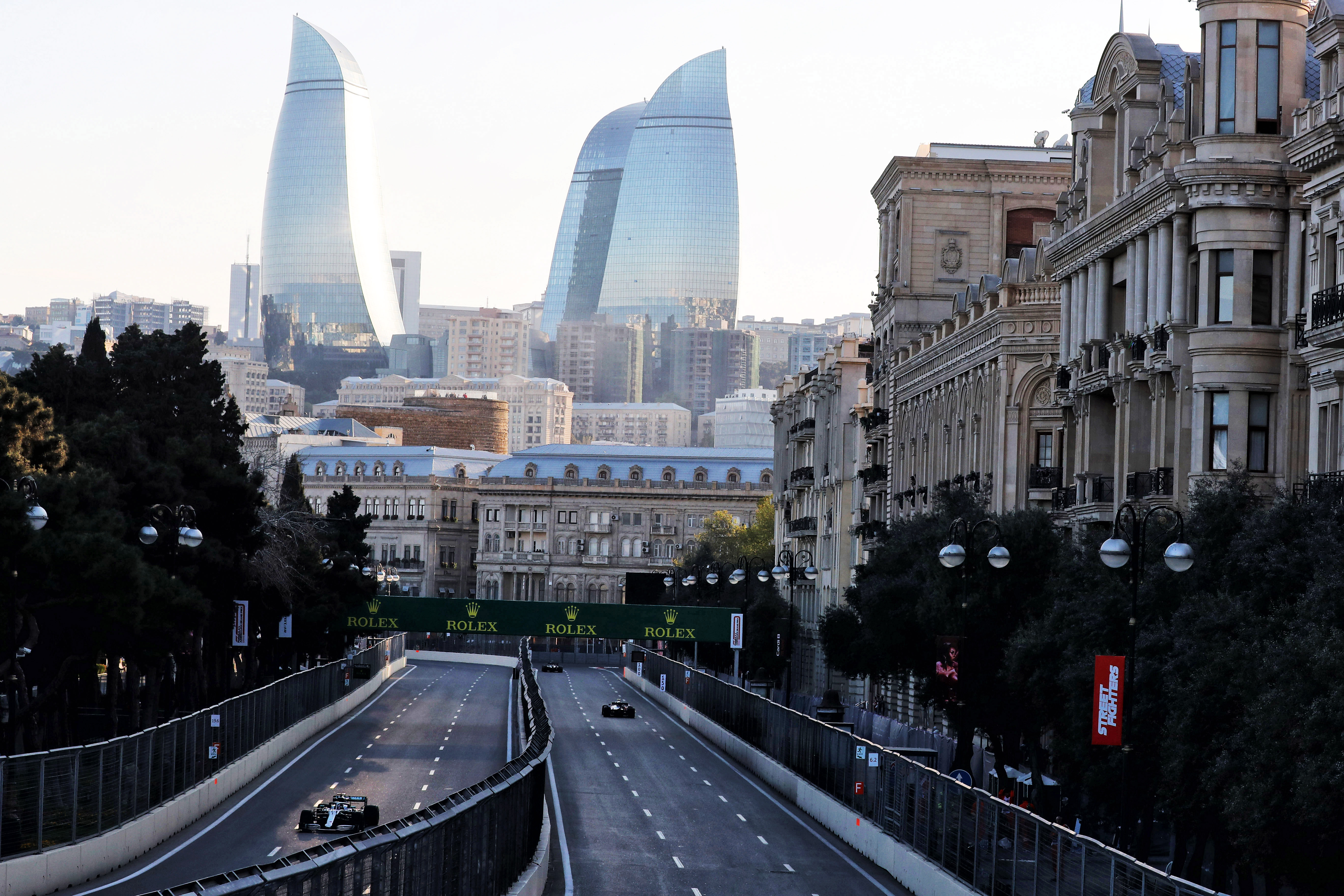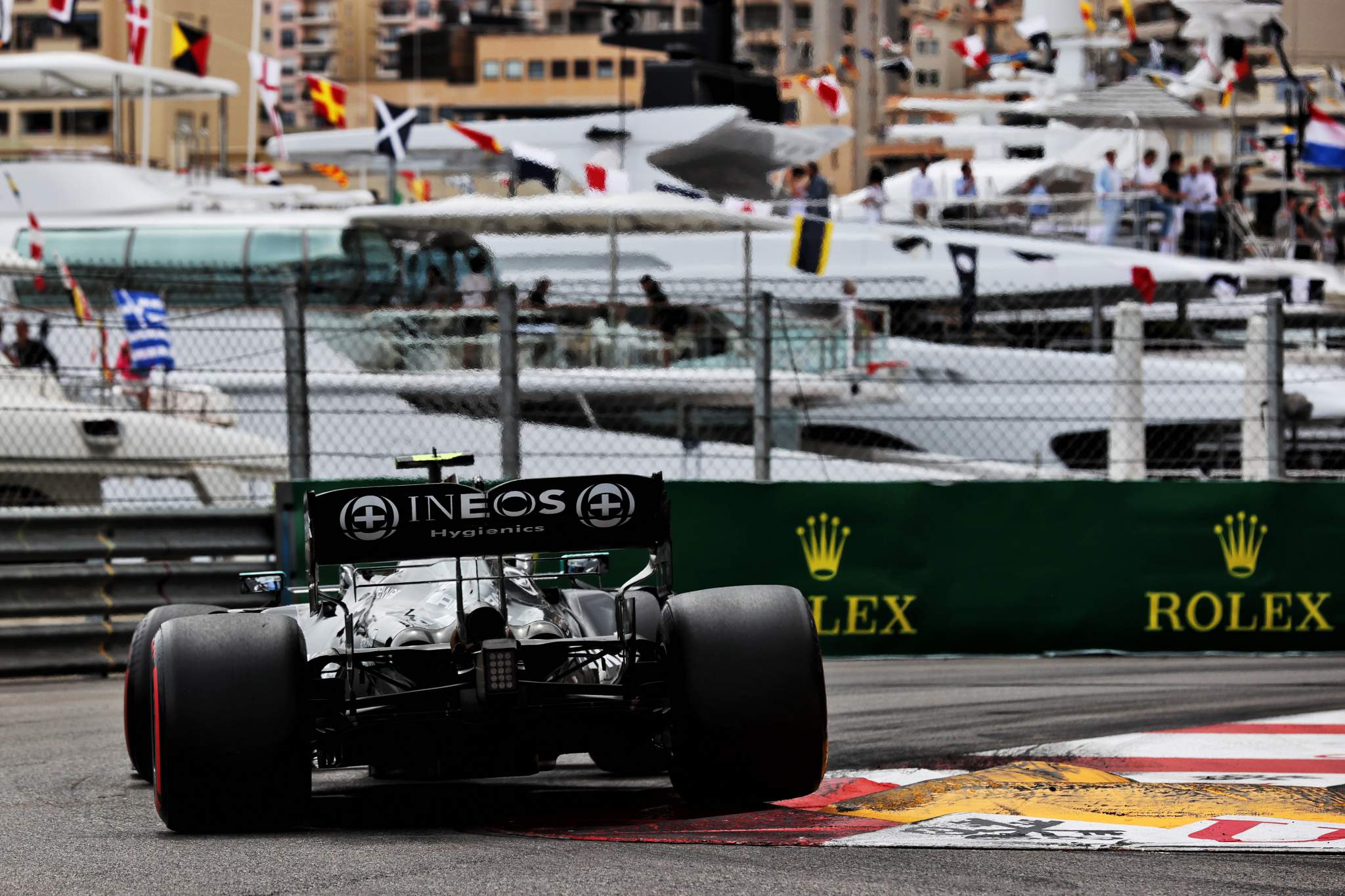Up Next

Formula 1 teams received minor clarifications on the flexi-wing row between the Monaco and Azerbaijan Grands Prix but the updated technical directive may not prevent a protest in Baku.
Several teams, including championship leader Red Bull, were put under the spotlight in the build-up to the previous race in Monaco following a revelation from the FIA that increased load tests would soon be incorporated into the rules amid concerns some rear wings were deforming too much on-track.
Red Bull and Alfa Romeo offered a stern defence of their rear wings, arguing that passing the load tests meant the parts were fully compliant.
But McLaren effectively argued that passing the load tests only satisfied part of the regulations and that footage of the wings bending so much on track was evidence they breached another rule governing car parts with aerodynamic influence.
McLaren also strongly objected to the timing of the new load tests, which will only be enforced from the French Grand Prix onwards, on the grounds that rear wings that might fail these new tests could continue to be used in Monaco and in Azerbaijan this weekend.
Mercedes shared that position and team principal Toto Wolff also warned that the FIA’s initial stance on the matter had left the door open for a protest in Baku, where there will be a greater advantage in having a rear wing that flexes to a lower angle on the long straights then snaps back into shape for the corners.

The uncertainty is over the FIA apparently identifying the wings seen to be flexing so much as non-conformant but permitting their use in the interim. A protest in Baku would effectively ask the stewards whether they agree with the FIA’s initial interpretation or if there is sufficient evidence to consider the rear wings illegal.
“If the limbo wings are on in Baku with the advantage that we see, it’s going to go to the stewards,” said Wolff.
“And if the stewards are not enough, then it’s going to go to the ICA [International Court of Appeal].
“So I guess the FIA is going to clarify things before Baku because if not, it could be very messy.”
An updated technical directive, containing minor clarifications, was issued to the teams last week based on previous discussions.
But it is understood to have contained little that impacts the potential for a protest.
The reality of the “very messy” situation Wolff predicted depends on multiple factors.
First, it requires the rear wings to be used. It seems likely they will be, given the anticipated performance advantage in Baku and the supposed difficulty of fast-tracking replacement parts.
Then it will come down to what a team hopes to gain from protesting.
If Mercedes or McLaren believed a quick ruling was achievable and wanted to proceed without being too confrontational, they could replicate Red Bull’s strategy in protesting the Mercedes dual axis steering system from last year’s Austrian Grand Prix and lodge a protest on Friday after practice.
But if, as Wolff has suggested, this is too complex a case to be resolved in-weekend, then a post-race protest might be the only viable option – opening it up to a lengthy deliberation period and, depending on the outcome and the reaction to it, an escalation to the International Court of Appeal.
A post-qualifying or post-race protest would also be the best chance of Mercedes or McLaren benefiting from a ruling by impacting a competitive result – similar to Renault last year when it challenged the Racing Point brake ducts, and eventually a points deduction was applied.
It is also possible that the aggrieved teams will let the matter slide this weekend and retaliate with more flexible rear wings of their own.

Wolff had indicated that in Monaco, stating: “We will need to modify our wing, we need to soften it.
“Our wing is extremely rigid, complying to the famous article 3.8 that it must remain immobile.
“The new test that has been introduced is a half-baked solution which is giving us opportunity and the whole thing can soften and can bend more in the future.”
If the flexing rear wings are challenged, Red Bull may attempt to force the spotlight on Mercedes’ front wing as a counterattack.
Team principal Christian Horner said in Monaco that the Mercedes front wing was also flexing aggressively and argued that is even more significant because of how it influences the airflow for the entire car.
That might risk strengthening Mercedes’ original case though, given Red Bull would also have to invoke article 3.8 in challenging the Mercedes front wing.
And Wolff claimed in response that it would just lead to the teams protesting each other’s front wings, because he argued they were “bending exactly the same way”.




